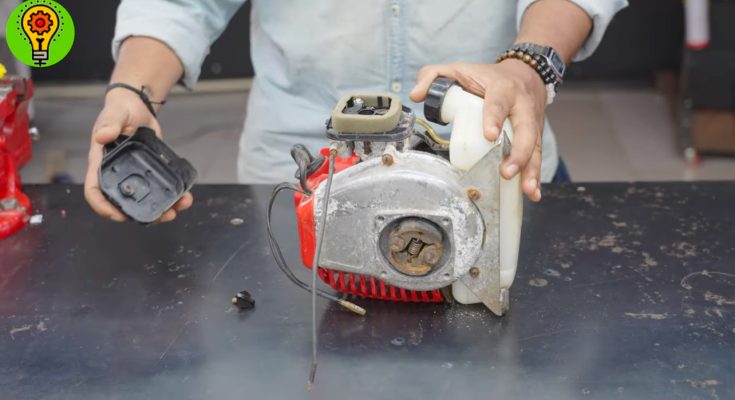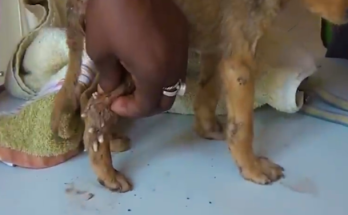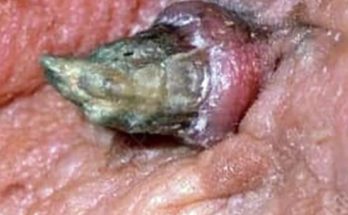Restoring this small engine from a lawn mower to convert it into a motor for a bicycle is a fascinating project. Here’s a step-by-step guide:
Step 1: Inspection and Disassembly
1. Inspect the Engine: Check for rust, clogged parts, or damaged components. Ensure that the crankshaft spins freely and the compression is adequate.
2. Disassemble: Carefully remove components like the air filter, carburetor, exhaust muffler, and spark plug for cleaning or replacement.
Step 2: Cleaning
1. Degrease the Engine: Use an engine degreaser to clean the exterior.
2. Clean the Carburetor: Disassemble and clean the carburetor jets, float bowl, and passages using a carb cleaner.
3. Unclog the Exhaust: If the exhaust is clogged, clean or replace it.
4. Spark Plug: Inspect the spark plug and clean or replace it if worn out.
5. Fuel Tank: Empty and clean the fuel tank to remove debris or old fuel residue.
Step 3: Restore the Engine
1. Replace Gaskets: Install new gaskets for the carburetor and cylinder head if needed.
2. Lubricate Moving Parts: Use oil to lubricate the piston and other moving components.
3. Install New Fuel Lines: Ensure the fuel lines are free of leaks and securely connected.
4. Check Ignition Coil: Test the ignition coil for proper spark. Replace it if faulty.
Step 4: Modifications for Bicycle Use
1. Crankshaft Pulley: Attach a pulley or sprocket to the engine’s crankshaft. This will connect to the bicycle’s rear wheel.
2. Mounting Brackets: Fabricate or purchase brackets to securely mount the engine on the bicycle frame.
3. Throttle Control: Install a throttle cable to connect the engine’s carburetor to the bicycle’s handlebar.
4. Drive System: Decide whether to use a belt drive or a chain drive. Install the necessary sprockets or pulleys on both the engine and the bicycle wheel.
Step 5: Safety and Testing
1. Secure Mounting: Double-check that all bolts and brackets are secure.
2. Fuel Up: Add fresh fuel mixed with the correct ratio of 2-stroke oil if required.
3. Start the Engine: Pull the recoil starter or use a kick starter if available. Tune the carburetor for optimal performance.
4. Test Ride: Perform a test ride in a controlled environment to ensure the engine operates smoothly and the drive system functions correctly.
Step 6: Fine-Tuning
1. Adjust Throttle Response: Fine-tune the throttle for better control during acceleration.
2. Brake System: Ensure the bicycle’s brakes are upgraded to handle the increased speed and weight.
Important Notes
• Safety Gear: Always wear safety gear such as a helmet when testing the motorized bicycle.
• Legal Compliance: Check local laws regarding motorized bicycles before using them on public roads.



